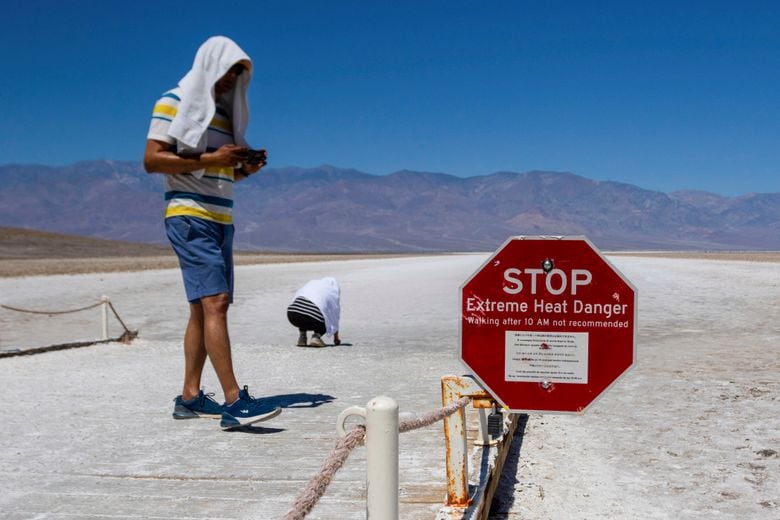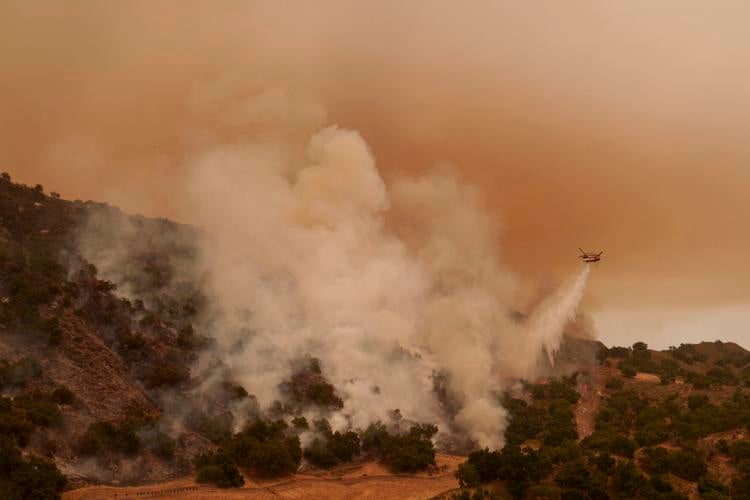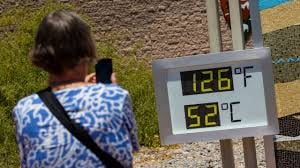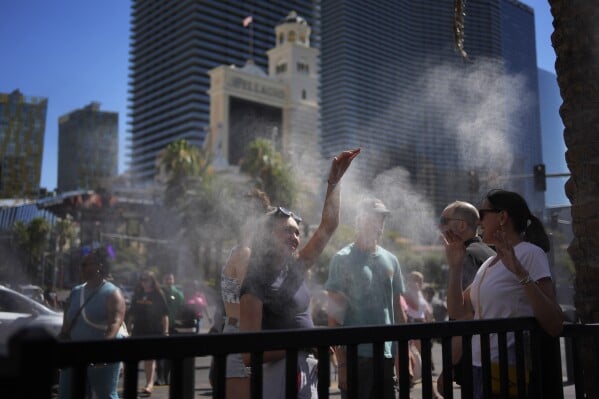Extreme temperatures shatter previous records across the country. The National Weather Service issues excessive heat warnings for 36 million people.
This represents about 10% of the US population. The heat wave affects both the West and East coasts, with particularly dangerous conditions in the West.
Death Valley: Epicenter of Extreme Heat

Death Valley National Park records 129°F on Saturday and Sunday. This approaches the highest reliably recorded temperature on Earth (134°F in 1913).
The park experiences temperatures of 125°F or higher daily since July 4. This streak is expected to continue through the following Saturday.
Tragic Consequences in Death Valley

A motorcyclist dies from heat exposure in Death Valley. Another rider is hospitalized with severe heat illness.
Emergency medical helicopters cannot respond due to unsafe flying conditions above 120°F. This incident highlights the extreme dangers posed by the current heat wave.
Northern California Faces Scorching Temperatures

Many areas in Northern California surpass 110°F. Redding sets a new record at 119°F.
These temperatures are significantly above the region’s historical averages. Such extreme heat puts strain on infrastructure and increases wildfire risk.
Phoenix Breaks Low Temperature Record

Phoenix sets a new daily record for warmest low temperature. The city never drops below 92°F.
This high overnight temperature prevents relief and increases health risks. Phoenix has experienced an unprecedented streak of high temperatures in recent years.
Widespread Heat Warnings Across US

The National Weather Service issues its highest alert levels. Excessive heat warnings cover vast areas of the country.
Dozens of locations tie or break previous heat records. This widespread nature of the heat wave is unusual and concerning.
Heat Wave’s Impact on Daily Life

Officials advise limiting outdoor activities during peak heat. Air-conditioned spaces become crucial for safety.
The heat affects transportation, work, and leisure activities. Long-term exposure increases cumulative health risks.
Climate Change and Extreme Weather

This heat wave aligns with climate change predictions. Global temperatures have been rising steadily for decades.
2023 is on track to be one of the hottest years on record. Such extreme events are becoming more frequent and intense.
Historical Context of US Heat Waves

The current heat wave rivals historical extremes. The Dust Bowl of the 1930s saw similar widespread heat.
Recent years have set numerous temperature records across the US. This trend suggests a shifting climate baseline.
Economic and Environmental Consequences

Extreme heat strains energy grids and increases costs. Agricultural impacts can affect food prices and availability.
Wildlife and ecosystems face significant stress. Long-term economic impacts of such events can be substantial.


